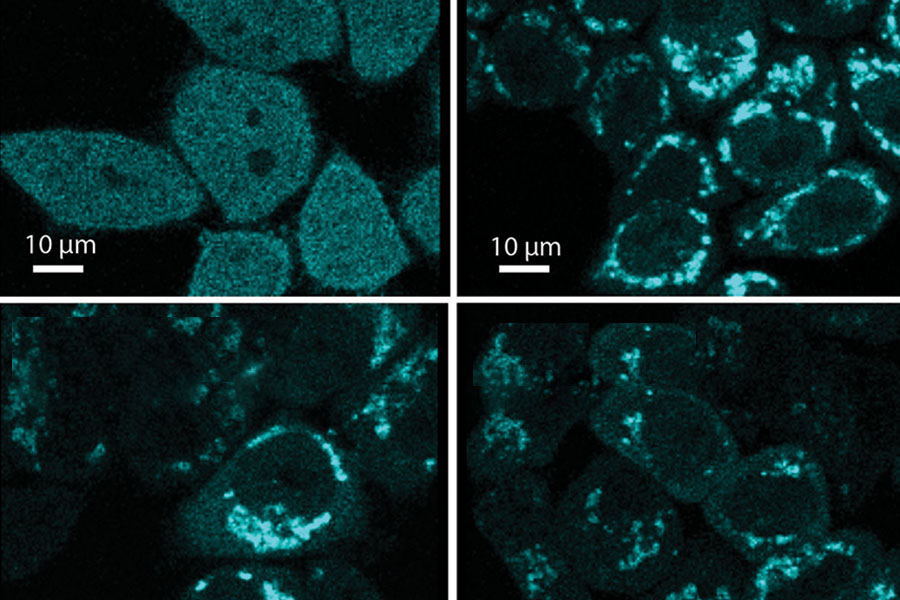Tox21 Operational Model
Tox21 works together with federal partners to advance in vitro toxicological testing.
About the Tox21 Operational Model

Tox21’s federal partners include the U.S. Environmental Protection Agency (EPA), the U.S. Food and Drug Administration (FDA) and NIH, with leadership from NCATS and the National Toxicology Program (NTP) at the National Institute of Environmental Health Sciences.
Partner Roles
NTP and the National Center for Computational Toxicology in the EPA Office of Research and Development co-fund Tox21. Each partner brings key expertise, including:
- Animal toxicology (NTP)
- Computational toxicology (EPA)
- Human toxicity data (FDA)
- In vitro cell-based assays, quantitative high-throughput screening and informatics (NCATS)
The ultimate goal for EPA and the FDA is to apply the knowledge gained from Tox21 research to the products these agencies regulate.
Phase I
The completed first phase of Tox21 involved testing 2,800 compounds in more than 50 assays using the high-throughput robotic screening system now at NCATS. The resulting data are available in public databases, such as the National Library of Medicine’s PubChem, EPA’s ToxCast and Aggregated Computation Toxicology Resource, and NTP’s Chemical Effects in Biological Systems.
Phase II
The second phase of Tox21 involves testing a collection of more than 10,000 compounds (Tox21 10K library). The initial focus was on creating assays to test the compounds’ effects on nuclear receptors (AR, AhR, ERα/β, FXR, GR, LXR, PPARδ, PPARγ, PR, PXR, RXR, TRβ,VDR, RORγ, CAR and ERR); stress response pathways (p53, NF-κB, pH2AX, endoplasmic reticulum stress, mitochondrial membrane potential, ARE/Nrf-2, heat shock response, DNA damage, and real-time cytotoxicity and viability); developmental pathways (retinol signaling, Hedgehog/Gli and SBE/Smad); G-protein-coupled receptor signaling (TRHR and TSHR); and others (HDAC and AChE). Consortium partners continue to develop a range of secondary and tertiary follow-up assays to further define and characterize activities identified in the initial high-throughput screens. All testing results are made publicly available through NIH and EPA chemical toxicity databases. In addition, NCATS created a free Tox21 data browser that gives researchers additional information about the chemicals.
Phase III
- Tox21 leaders have begun to focus on developing a third phase for the program, as described in the new strategic and operational plan. This phase will involve:
- Using more physiologically relevant cells (i.e., primary, stem cells and high-content imaging technologies) in screening assays
- Increasing the number of molecular pathways tested by measuring gene expression
- Expanding the compound library to include new drugs approved for clinical use in recent years
- Incorporating high-throughput gene expression profiling, including concentration-response modeling
- Studying non-mammalian model organisms, including zebrafish and Caenorhabditis elegans
- Using Tox21 datasets to build models that predict specific compounds’ effects on human health and using the power of crowdsourcing to enlist the help of the larger scientific community to create these models
- Accommodating new strategic direction through the formation of cross-partner projects
Assay Proposals
Although Tox21 experts optimize internally developed assays and screening methodologies, they also accept and evaluate assay proposals submitted by outside investigators, both within and outside the government. Learn more about submitting an assay.


